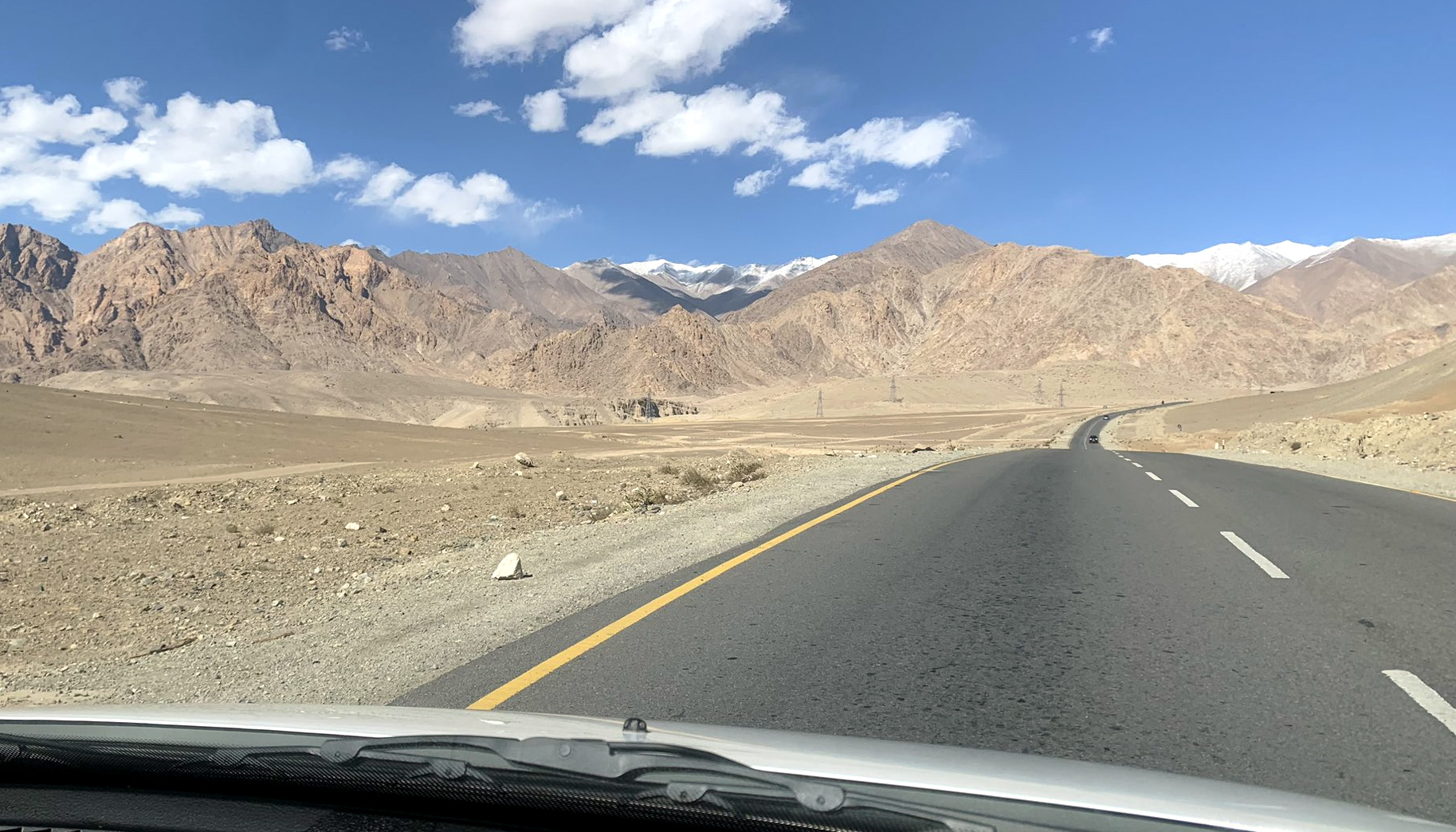Ladakh became a Union Territory of India on October 31, 2019. Since becoming a Union Territory, the Government has undertaken various development projects in Ladakh to promote economic growth and infrastructure development. Projects are aimed at developing Ladakh as a unique tourism destination, an education hub, and an industrial development. But all these things are being planned according to the ecological and environmental concerns of the region. The administration has initiated several infrastructure development projects in Ladakh, including the construction of new roads, bridges, and tunnels. The Government has also allocated funds for the development of airports and helipads in the region. For all-weather connectivity, the 14.15-km-long Zojila Pass Tunnel is under construction and expected to be completed before the stipulated time. All-important, 230-kilometre Kargil-Zanskar National Highway widening is also going on with paved shoulders and the construction of several tunnels and bridges. The project is expected to be completed soon. Leh Airport is also being expanded to increase its capacity and improve its infrastructure. The project includes the construction of a new terminal building, a runway extension, and the installation of new navigational aids. A funicular system, a suitable medium of public transport for hilly terrain and works well on steep slopes, is also proposed in Ladakh.
Tourism is the mainstay of Ladakh, as it is known for its scenic beauty and unique cultural heritage. The Government has launched various schemes, including the development of tourist circuits, the promotion of adventure sports, and the establishment of tourism infrastructure. Night Sky Sanctuary and Monastery tourism projects are ready to be showcased. A special focus is on the digital connectivity of Ladakh; the installation of high-speed internet connectivity, the establishment of e-governance facilities, and the promotion of digital literacy are a few highlights on this front. The Government has initiated various measures to improve the education system in Ladakh. This includes the establishment of Central University, the opening of new schools and colleges, the provision of scholarships and other incentives for students, and the promotion of vocational education and training. A National Institute of Sowa-Rigpa in Leh, which will offer undergraduate, postgraduate, and PhD courses in traditional Tibetan medicine, is also established. This institute will promote research and development in Sowa-Rigpa and preserve the traditional knowledge of Tibetan medicine. A mega-solar power plant is proposed to tap the solar potential of Ladakh.
No development is complete without industrial development. Ladakh is unique and has its own set of problems. The distance, treacherous terrain, and harsh weather all have to be taken into account. It makes the job and responsibility of the administration difficult and peculiar. Still, various sectors have been identified for industrial development in Ladakh, including agriculture, horticulture, handicrafts, and tourism. The administration has launched several schemes to promote entrepreneurship and provide financial assistance to small and medium enterprises in the region. And the latest initiative is an ‘Industrial Development Scheme’ for the Union Territory with a total financial outlay of Rs 3500 crore. The scheme was proposed to be launched earlier but got delayed due to various reasons. The scheme is yet to be launched and is awaiting the approval of the Cabinet Committee on Economic Affairs (CCEA), but it will be a game changer. There is no dearth of resources and talent in Ladakh; it is just a question of the right policies and a bit of support from the administration. All these major projects that are currently underway in Ladakh to promote its socio-economic development are expected to bring significant benefits to the region, including better connectivity, improved infrastructure, and economic growth.
Overall, the Government has undertaken various measures to promote the socio-economic development of Ladakh since it became a Union Territory. However, there is still a lot of work to be done to address the unique challenges facing the region, such as its harsh climate and sparse population.
Trending Now
E-Paper


